Situated on the Xuhui Riverside in Shanghai, "The Orbit" is a public art building designed by Thomas Heatherwick, marking his fourth design venture in Shanghai. With a GRC facade resembling dancing ribbons, it invites visitors to freely explore its open arc-shaped stairs, bridges, and terraces, offering a taste of urban waterfront artistry and leisure.
Project Information:
Area: 4500 sqm
Completion Year: 2023
Property Developer: Hong Kong Land
Architect: Heatherwick Studio
GRC Claddings: Jiangsu Huiquan New Material
White Cement: Aalborg White CEM I 52.5
The stretch of the Shanghai waterfront known as "Shanghai West Bund," situated along the Huangpu River, hosts numerous renowned art galleries and leading financial institutions, serving as a hub for large-scale art and cultural events. Here, architecture intersects with lifestyle, presenting an ever-flowing feast, reflecting the city's "new generation waterfront renewal" ethos. Among them, the West Bund Orbit, like a riverside observatory and landmark, will serve as the starting point for the entire West Bund Financial City.
As the core public building of the Xuhui Financial District, the West Bund Orbit has been meticulously crafted by world-renowned architect Thomas Heatherwick, incorporating a fusion of dynamic and static design styles with a green ecological concept. Interior design is led by architect Yu Ting of Wutopia Lab, ensuring that the Orbit becomes an open art piece closely linked to the urban environment and lifestyle of the area.
The name "Orbit" responds to the natural forms presented in the design, such as water waves, whirlpools, ribbons, and stars. People walk around the orbit on the building's periphery like stars. The rooftop garden, centered around the city, accommodates various public activities. The design inspiration for the exterior "orbit" is derived from the "moon bridge" commonly found in ancient Chinese gardens, combining geometric rigor with fluid beauty. The architect envelops the building with these "flowing" "orbit", connecting pedestrian walkways, undulating up and down, to create a dynamic ribbon wrapping around the building.
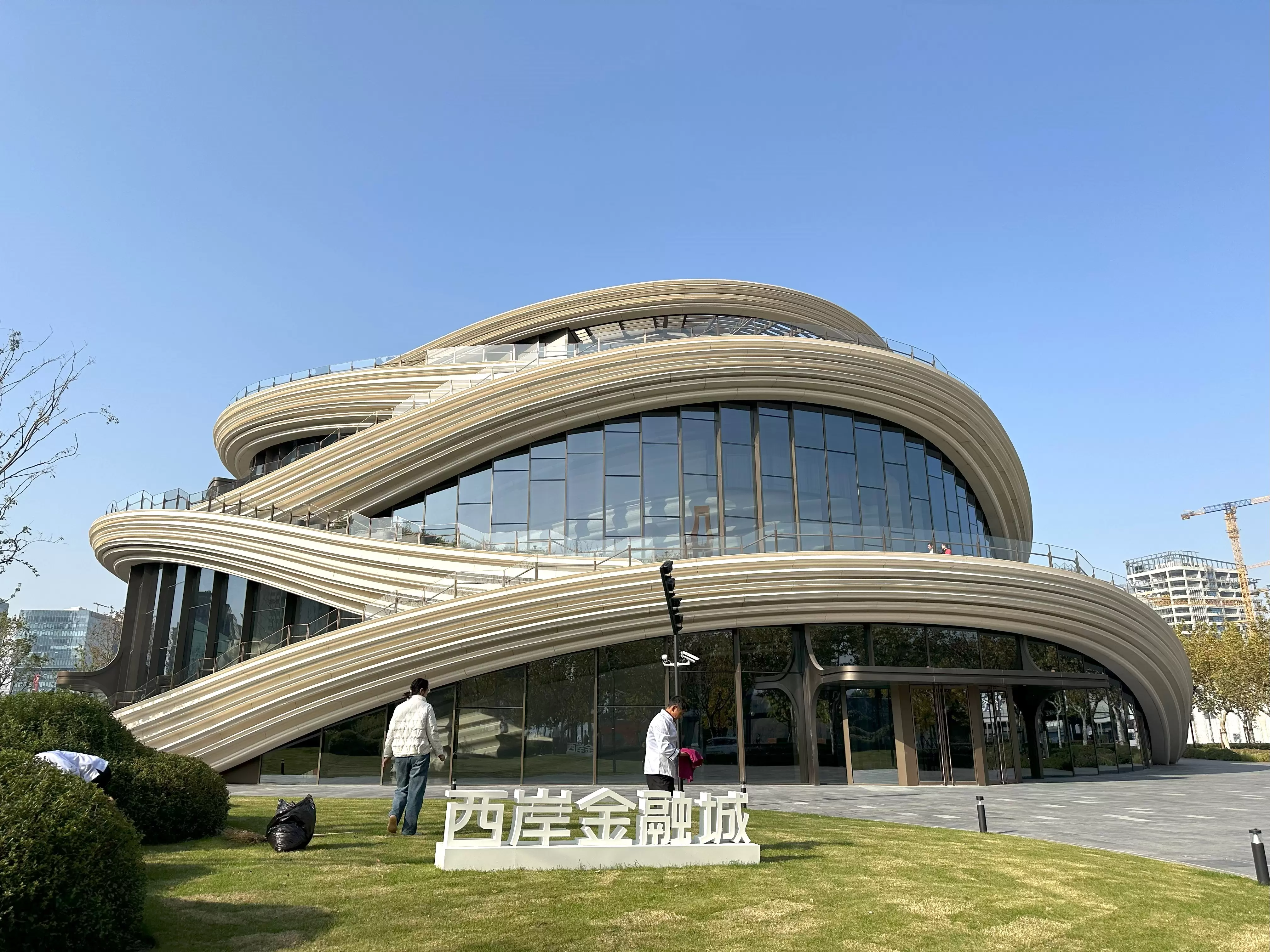
GRC Ribbon Facade
The main building envelope system of the West Bund Orbit includes a zigzag glass curtain wall and GRC ribbon elements. The large-size zigzag glass curtain wall is supported by steel brackets, eliminating the need for beams and enhancing transparency. The project has a diameter of 19.10 meters and a total above-ground floor area of 4500 square meters. What sets it apart is the arrangement of staircase ramps, GRC ribbons, railings, and landscape flower beds along the stairs, allowing visitors to experience the greenery and riverside scenery.
During the ribbon material selection phase, various materials such as metal, ceramics, and GRC were extensively tested. Ultimately, GRC elements made with Aalborg White cement were chosen, produced by Zhuhai Shantai Precaster. GRC showcases smooth curved shapes and achieves the ideal terrazzo surface texture by adding reflective mother-of-pearl shells.
The ribbon is in a light beige color, presenting a golden hue under sunlight. The high stability of white cement ensures the overall color tone of the building remains uniform. The high purity of Aalborg white cement reacts fully with additives, resulting in a smooth and delicate texture, enhancing the overall quality of the building. The dense concrete surface after polishing enhances the pollution resistance of the GRC facade. This flexible and versatile material transforms the architect's design concept into a visible foundation, offering the building more functionality and possibilities.
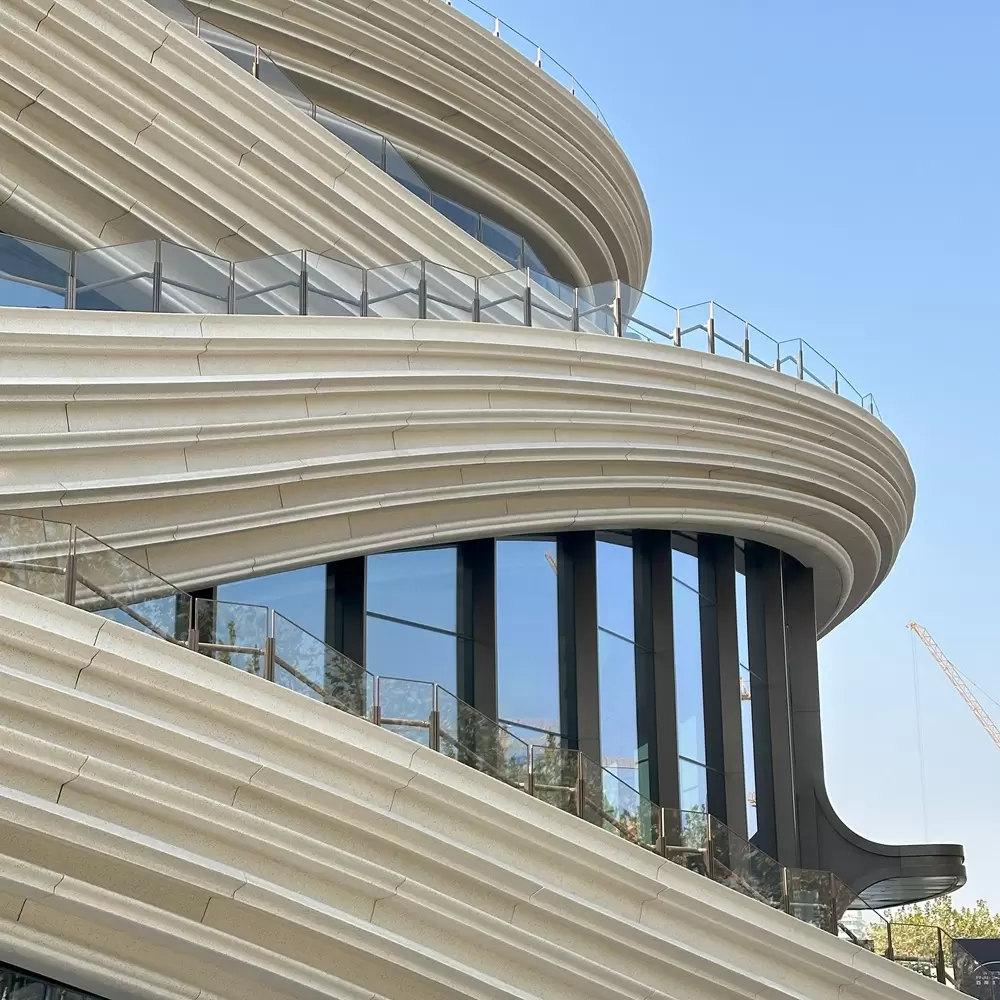
Parametric Design and Installation
During the initial stage of the design process, the consulting team optimized the design by adopting a ribbon structure composed of three layers of box-type main beams arranged from the inside out, with sections decreasing in size, ensuring a lightweight and transparent architectural effect for the ribbon staircase and exhibition hall facade.
The ribbon on the staircase was designed using fully parametric design, with each ribbon consisting of seven layers, forming smooth curves through variations in panel size and overlapping amount.
Utilizing BIM modeling and parameter design, the number of GRC panel molds was optimized, and installation and positioning were determined to avoid collisions.Within the permissible error margin, streamline component variations to the fewest possible types, resulting in a mold utilization increase of over 600%. This reduced the mold area from around 2000 square meters to about 300 square meters.
During construction, the ribbons were installed from the middle to the ends of each coil to improve construction efficiency and achieve quality control.
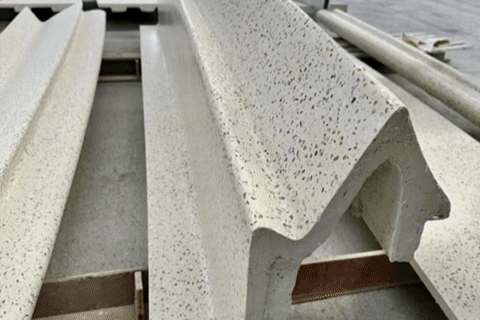
The “Orbit” will redefine people’s perception of the functionality of public buildings, as Neil Hubbard, Group Leader at Heatherwick Studio, stated,

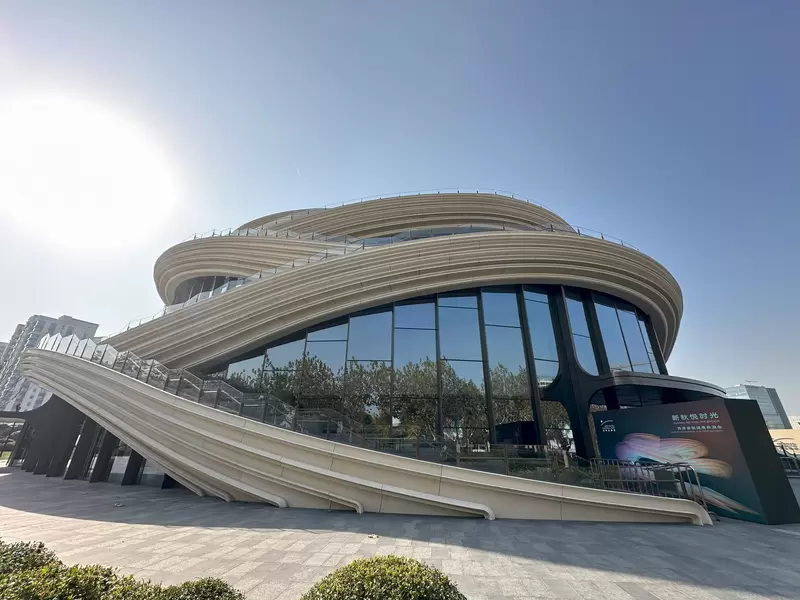

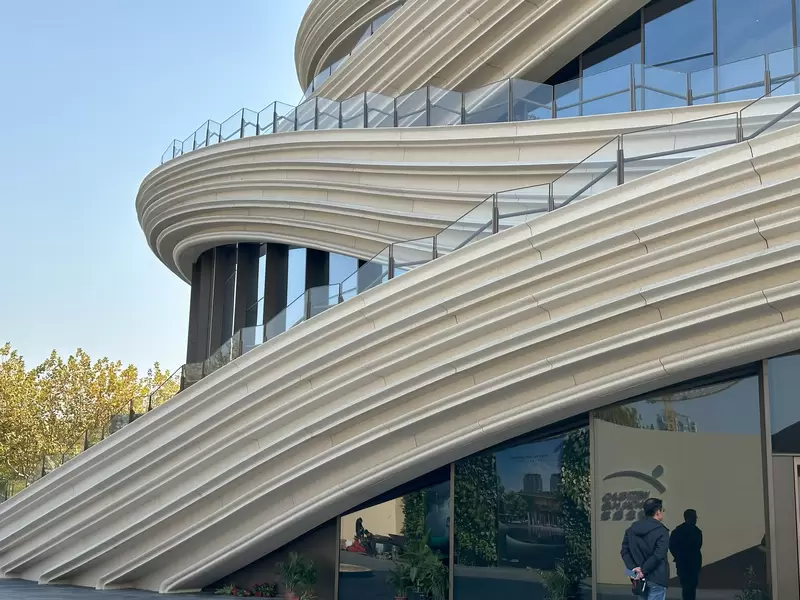


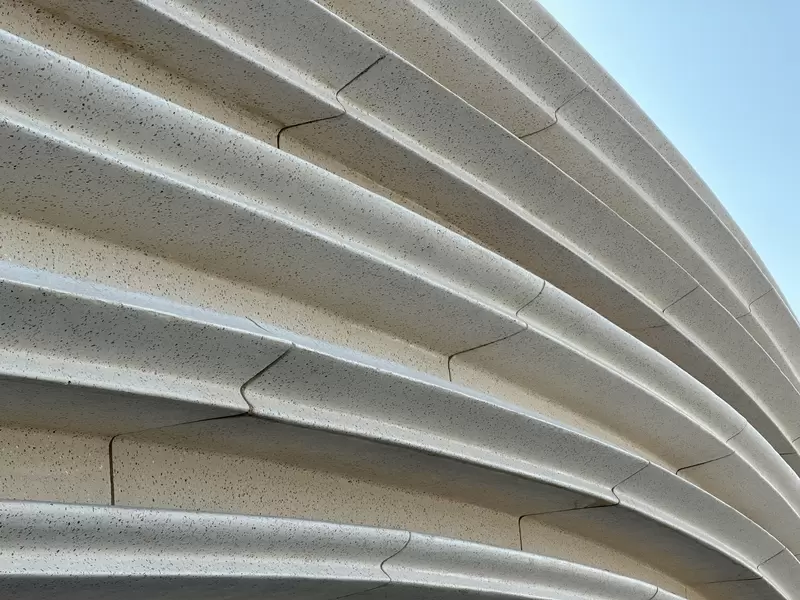
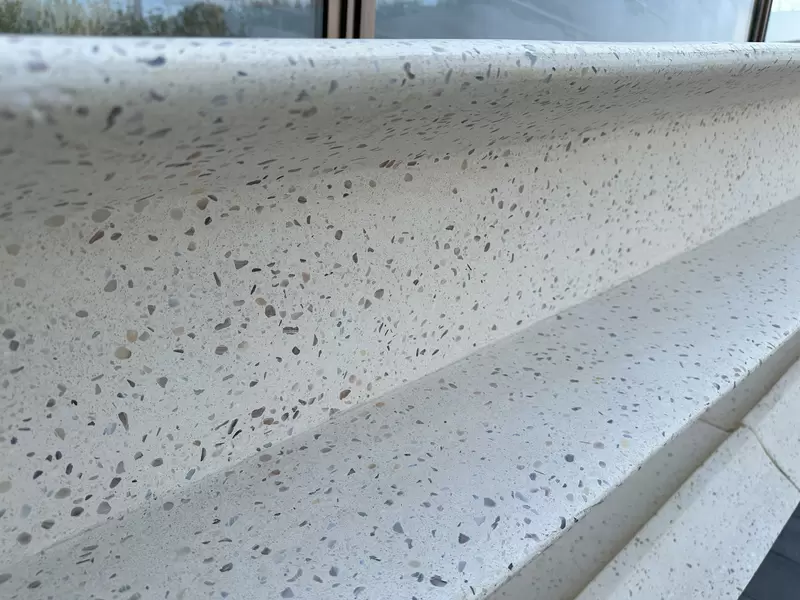
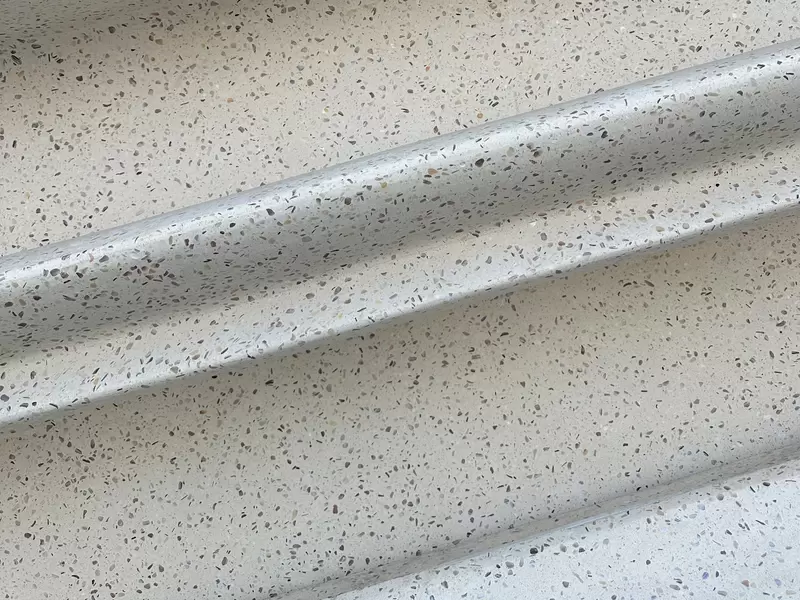

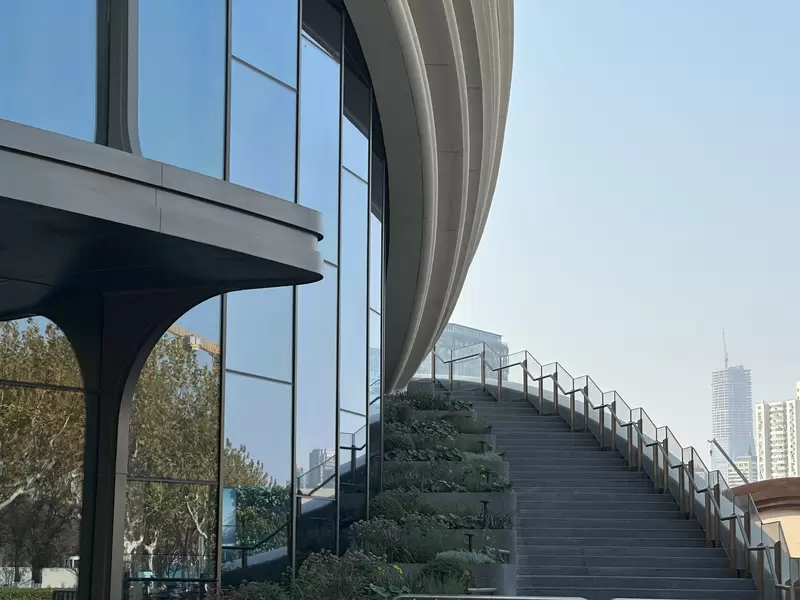
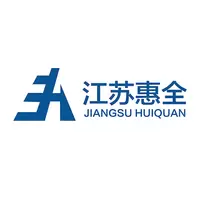
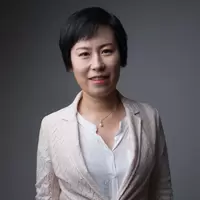
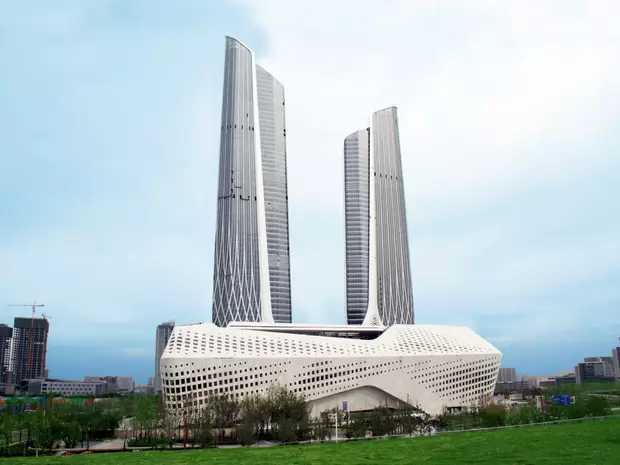
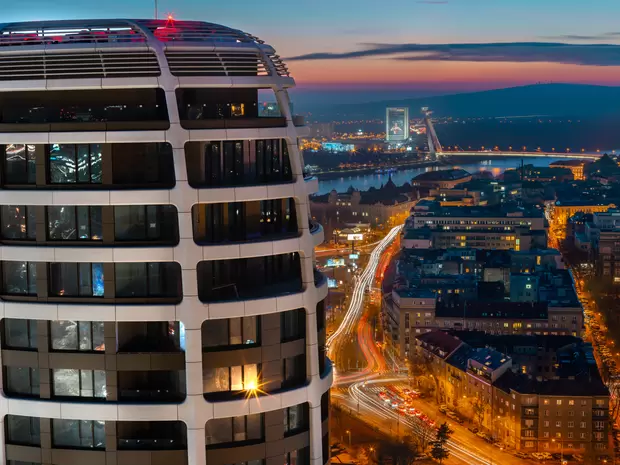
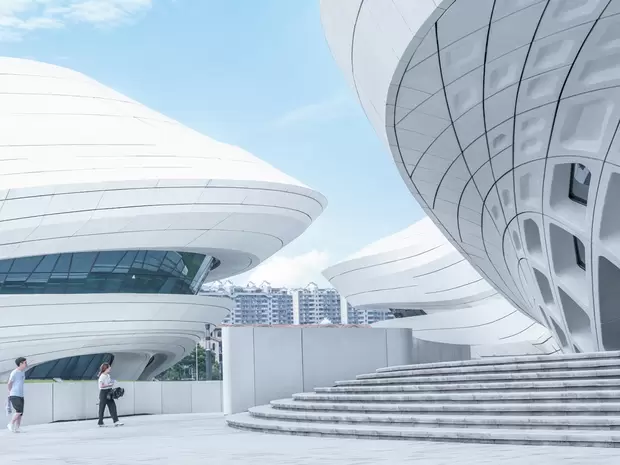
Share on